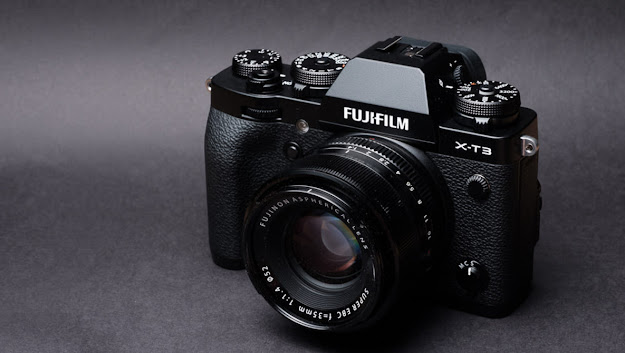Which is the best camera for filmmaking on a budget? It's a very common question to filmmaking lovers. Let's today discuss some of the best cameras for filmmaking on a budget. The best value choice is to start with innovative low budget filming with 4K mirrorless cameras. It is cost-effective and easy to use. They have bigger sensors than most camcorders, making them more effective for low light and imaginative shooting. And lenses can be swapped. You can choose between multiple zooms and primary (non-Zooming) lenses instead of being confined to one single zoom lens.
Other camera styles may be better for other uses: for news and event shooting prosumer or pro camcorders, portable cameras or small DJI bags, for travel, or film cameras with a good imagination and incorporated pro feature.
Panasonic G7:
GoPro Hero9 Black:
Right now, on the market, you won’t find anything better, or less expensive, than the latest offers from GoPro with GoPro Hero9 Black. From the point of view of making pure films, this camera is impressive. As an improvement from the previous version of Hero8, Hero9 Black also upgraded its sensor to 23.6MP to offer 5K video recording up to 30fps.
There are also tons of standard features you’ll find with the GoPro action camera, as well as enhanced image enhancement that can counteract the smoothness of many gimbal setups on the market. Obviously, you won’t find flexible lenses or pure cinematic effect on most of your shots, but with an easy-to-use option you can literally take anywhere, it’s the perfect camera you can consider a bat.
Panasonic G85/G80:
The Panasonic G80 is the best price camera you can buy for a film, under a £ 600 lens. I use one myself. It has a magnesium body that is firmly built with inclusions and swivels on the touch screen, and the body and lens are closed by the weather. The 12-60 sharp kit lens covers a useful zoom range, from wide to top. The camera can shoot 4K, and HD up to 60p in slow motion. It also has good image stabilization, making it easy to shoot by hand. Evil? The sensor size is Micro Four Thirds, smaller than the Fujifilm and Canon cameras below. So it’s not good in low light, though it’s better than the old Panasonics. It doesn't have a headset, however, you can clear audio output from an HDMI socket. Battery life is OK but not good (you can add a battery to double it, or use an adapter with an external battery). Autofocus is slow, especially when shooting 4K. But its solid construction, slower movement, and image firmness make it a good choice.
Fujifilm X-T3:
Fujifilm's X-T3 has a great APS-C sensor, so it's better than low-light Panasonics with a deep creative focus. It has good color rendering, great power range, and pro video features at an affordable price. Its impressive features include excellent low light performance, fast autofocus, and slow-moving 4K. It can record high-quality files 10bit at 400Mb / s and then shoot in login mode. (Input mode presses prominent and shadows, so the camera can capture a wide range of contrast and the image is better suited to color correction and editing.)It has no body image stabilization, and the screen is tilted rather than completely twisted. Battery life is not good, but you can power it over USB-C using an external power pack. And it is still the best camera still.
Panasonic Lumix DMC-LX10:







please don't enter any spam or adult link ConversionConversion EmoticonEmoticon